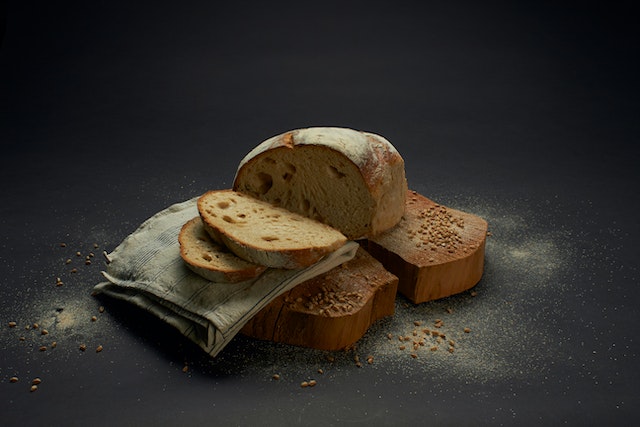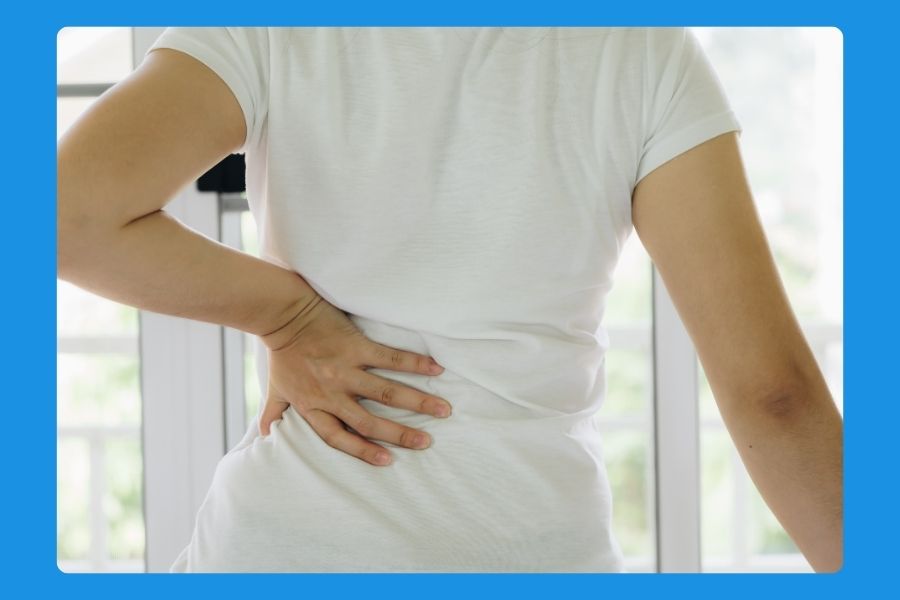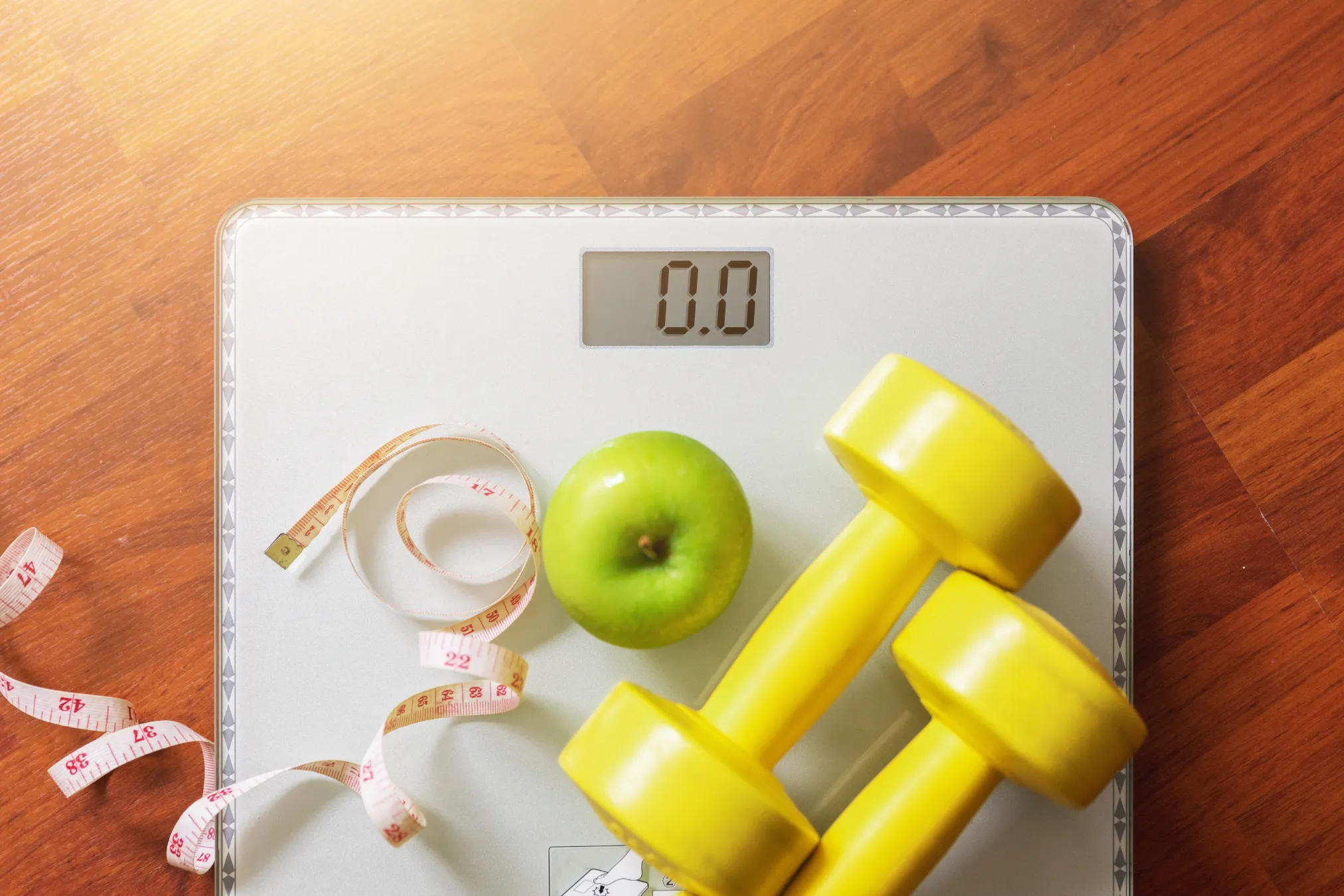 The reality is that weight loss surgery is a lifelong commitment and decision to follow certain guidelines. Call it a diet, call it a lifestyle, whatever you choose, following it to a T will nearly guarantee you a healthy, comfortable and effective outcome that you’ll be overjoyed to continue. Here are the guidelines we recommend.
The reality is that weight loss surgery is a lifelong commitment and decision to follow certain guidelines. Call it a diet, call it a lifestyle, whatever you choose, following it to a T will nearly guarantee you a healthy, comfortable and effective outcome that you’ll be overjoyed to continue. Here are the guidelines we recommend.
Post Weight Loss Surgery Guidelines For Eating
- Eat 3 meals per day and a protein supplement.
- Avoid snacking. Snacking or eating throughout the day may keep you from losing weight. It may even cause weight gain because you are eating too many calories.
- Eat protein first. Eat at least 60 grams of protein each day. Since you are eating less food, you will need to work harder to get enough protein. Try to include a good source of protein with each meal (such as eggs, lean meats, poultry, fish, beans, or low-fat and fat-free dairy foods). Protein helps you maintain muscle while you quickly lose weight. Talk to your care team about protein supplements such as drinks and powders.
- Eat small amounts. To keep the weight off, you should eat no more than 1 cup of food per meal. You risk gaining weight and making your stomach larger if you are eating more than this.
- Eat slowly. A meal should last 20 to 30 minutes. When you eat too fast, you may eat too much before you feel full. It can also cause nausea, vomiting (throwing up), and pain or pressure in the shoulder or upper chest.
- Eat mindfully. Please sit down to eat and enjoy your meals. Try setting your spoon or fork down between each bite, then wait at least one minute before taking the next bite. Stop eating as soon as you feel satisfied.
- Chew all foods into a paste, the thickness of applesauce. The openings that lead into your stomach and from your stomach to your bowel (intestine) are very small. Foods that are not well-chewed may block these openings and cause discomfort. You may feel sick to your stomach or vomit. To prevent this, cut your food into small pieces. Then, chew your food well. It may take more time to chew beef, raw fruits, and raw vegetables.
- Slowly introduce new foods. Add one new food at a time so you know which foods you can and cannot handle. Some foods may cause problems after weight-loss surgery. This will vary from person to person. Talk to a dietitian if you have questions about any specific foods.
- Avoid sugar and fat. Eat a well-balanced diet with lean proteins, vegetables, low-fat milk products, whole grains, and fruits. Follow the 1010 Rule by eating foods that have less than 10 grams of fat and 10 grams of sugar in a serving.
Foods you may not be able to eat
 Some foods may cause problems. This will vary from person to person. The following foods are more likely to cause problems:
Some foods may cause problems. This will vary from person to person. The following foods are more likely to cause problems:
- Tough meat: Use a marinade or tenderizer. Cook in a slow cooker or roast using a tinfoil tent to keep the meat moist.
- Fresh bread: Eat toast slices instead.
- Stringy vegetables: Peel away the stringy part. Or blend the vegetables and strain to remove the fiber (hard to digest).
- Oranges and grapefruit: Remove the white membranes and seeds.
- Skins of fruits and vegetables: Peel apples, pears and potatoes.
- Coconut: Avoid this.
- Milk products: Use soymilk or low-lactose milk such as Lactaid.
- Sugar: Avoid high-sugar foods.
Guidelines for drinking liquids
- Do not drink liquids with meals. Stop drinking 30 minutes before your meals. Then wait 30 minutes after eating to drink liquids. This will:
- Prevent the stomach from over-filling
- Keep food from flushing out too quickly
- Keep you feeling full longer.
- Sip all liquids slowly. Drinking too quickly may cause nausea or vomiting.
- Drink plenty of calorie-free liquids between meals. Plain water is best. Drink at least 6 to 8 cups (48 to 64 ounces) each day.
- Avoid high-calorie liquids. These add extra calories without making you feel full. For example, do not drink:
- Regular soda pop
- Coffee drinks (mocha, latte, cappuccino or other specialty drinks)
- Kool Aid
- Smoothies
- Alcohol
- Sugar-sweetened drinks
- More than 1/2 cup (4 ounces) of diluted fruit juice (50/50) in a day
- Avoid carbonated (fizzy) drinks and drinking straws. These bring air into the stomach. Extra air can cause gas, bloating, and pain or pressure in the shoulder or upper chest.
- Avoid caffeine. Caffeine may irritate your stomach and prevent your body from absorbing iron. It increases your risk of having ulcers.
- Avoid alcohol. Alcohol is absorbed faster after weight-loss surgery and stays in your body longer. Alcohol has empty calories and may slow down weight loss or speed up weight regain. You are at risk to have problems with drinking after weight-loss surgery.
Guidelines for exercise
- Get regular exercise. Exercise uses energy and burns calories and helps you lose weight and maintain the weight loss. If exercise is not in your current routine, begin slowly. As you lose weight, moving will get easier.
- Your exercise should include 3 parts:
- Aerobic activity increases your heart rate. Include a warm up before and a cool down after.
- Strength training to build muscle.
- Stretching to decrease injury.
Vitamin and mineral supplements
- You will need to take extra vitamins and minerals for the rest of your life. These supplements are key for good nutrition. How much you take depends on what your lab tests say. That means it’s important to complete your lab tests on schedule.
- Always read the label. Check the amount of each nutrient. The supplement has to meet your needs.
Grocery list
Protein: Meat
- Chicken or turkey breasts, skinless
- Ground turkey breast
- Ground beef, extra lean
- Canadian bacon
- Deli meats (turkey, chicken, ham, beef)
- Shellfish and tender fish (tuna, salmon, tilapia)
- Tender pork such as pork tenderloin
- Tuna or chicken salads made with fat-free or low-fat mayonnaise or plain yogurt
Protein: Dairy
- Eggs or egg substitute
- Low-fat or fat-free ricotta cheese
- Low-fat or fat-free cottage cheese
- Low-fat cheese such as part skim mozzarella
- Low-calorie Greek or other yogurt
- Skim or 1% milks: cow, soy, low lactose, and milks with added protein
- Egg salads made with fat-free or low-fat mayonnaise or plain yogurt
Protein: Plant based
- Tofu
- Beans, dried or canned (kidney, garbanzo, black, pinto, low-fat or fat-free refried)
- Edamame (soybeans)
- Lentils
- Soy vegetable burgers (check fat content)
Tip: Add spices for more flavor.
Non-starchy vegetables
- Asparagus tips
- Beets
- Bell peppers (red, yellow or green)
- Broccoli, floweret
- Cauliflower
- Carrots
- Cucumbers
- Lettuce (iceberg, romaine, spring greens, no stems)
- Mushrooms
- Onions (green, red, white, yellow)
- Spinach, fresh or frozen, no stems
- Tomatoes, fresh or canned
- Zucchini
Starchy vegetables
- Corn
- Peas
- Potatoes
- Pumpkin
- Sweet potatoes
- Winter squash
Fruits
- Apples, peeled
- Applesauce, unsweetened
- Bananas
- Berries, fresh or frozen
- Canned fruit, unsweetened, own juice
- Kiwi, peeled
- Mango, fresh or frozen, peeled
- Melons
- Pears, peeled
- Peaches or nectarines, peeled
Note: All fruit should be ripe.
Grains
- Barley
- Cold cereal, unsweetened
- Couscous
- Crackers, low-fat, 100% whole grain
- Dry bread crumbs, 100% whole grain
- Flour tortillas, 100% whole grain
- Hot cereals (oat, wheat, rice based)
- Legume (pea, chick pea) pasta
- Pasta, 100% whole grain
- Pitas, 100% whole grain
- Quinoa
- Rice (brown or wild)
Fats and oils
- Light nonstick cooking spray
- Low-fat or fat-free cheese spreads
- Low-fat or fat-free mayonnaise
- Low-fat or fat-free sour cream
- Low-fat margarine or spray margarine
- Oils that can be sprayed
Note: Use fats in very small amounts.
Seasonings
- Basil
- Black pepper
- Cinnamon, ground
- Cumin, ground
- Garlic, powder
- Lemons or limes, no white membrane
- Italian seasoning
- Nutmeg, ground
- Oregano, dried
- Paprika
- Parsley, dried
Condiments and extras
- Artificial sweeteners (sucralose, stevia, aspartame, saccharin)
- Baking soda
- Bouillon, low salt (chicken, beef, vegetables)
- Extracts (such as vanilla or almond)
- Stock, low salt (chicken, beef, vegetables)
- Mustard (regular, brown, Dijon)
- Gelatin, no sugar added
- Maple-flavored syrup, no sugar added
- Soy sauce, reduced salt
- Tomato juice, low salt
- Tomato paste, tomato sauce
- Vinegar
Sample menus
A meal: 1/2 to 1 cup (8 to 16 Tablespoons)
- 3 parts protein (6 to 12 Tablespoons)
- 1 part vegetables, fruit or starchy foods
(2 to 4 Tablespoons)
You do NOT need to eat or drink the full portion sizes listed. Always stop when you are satisfied and before you feel full.
Each day, drink a total of 8 to 12 ounces of an approved protein drink between meals. It should have:
- 15 to 30 grams of protein
- Less than 250 calories
- Less than 10 grams of fat
- Less than 10 grams of sugar
Menu 1 (65 grams protein, 690 calories)
| Breakfast | 1/4 cup cream of wheat1/2 cup low-fat, low-sugar yogurt1 ounce ham |
| Lunch | 1/2 cup beef stew 1/4 cup mango slices 1/4 cup 1% cottage cheese |
| Dinner | 2 ounces lean hamburger2 Tablespoons fat-free gravy 1/4 cup steamed cauliflower 1/4 cup blueberries |
| Between meals | Water and sugar-free drinks, Approved protein drinks |
Menu 2 (65 grams protein, 780 calories)
| Breakfast | 1/2 cup high-fiber cereal 1/4 cup skim milk 1/4 cup Greek low-fat, low-sugar yogurt |
| Lunch | 1/2 cup chili2 whole-grain crackers4 to 5 baby carrots 1/4 cup cantaloupe |
| Dinner | 2 ounces pork tenderloin 1/2 cup mashed potato 1/4 cup green beans |
| Between meals | Water and sugar-free drinks, Approved protein drinks |
Menu 3 (68 grams protein, 750 calories)
| Breakfast | 1/2 cup cooked oatmeal 1/4 cup blueberries2 ounces. lean ham |
| Lunch | 2 ounces lean turkey 1/2 slice whole wheat toast 1/2 cup shelled soybeans |
| Dinner | 1/4 cup rice1/2 cup black beans1/4 cup steamed broccoli |
| Between meals | Water and sugar-free drinks, Approved protein drinks |
Menu 4 (73 grams protein, 740 calories)
| Breakfast | 1 scrambled egg1/2 slice whole wheat toast1/2 banana |
| Lunch | 2 ounces water-packed tuna1 Tablespoon fat-free mayo5 crackers1/4 cup mandarin oranges1 ounce low-fat cheese |
| Dinner | 2 ounces ground turkey breast1/4 cup pasta1/4 cup red sauce1/4 cup lettuce1 Tablespoon fat-free Italian dressing |
| Between meals | Water and sugar-free drinks, Approved protein drinks |
Menu 5 (70 grams protein, 700 calories)
| Breakfast | 1/2 cup bran cereal1/4 cup skim milk1 ounce low-fat cheese |
| Lunch | 1/2 cup 1% cottage cheese1/4 cup unsweetened peaches1/4 cup lettuce1 Tablespoon fat-free ranch dressing |
| Dinner | 2 ounces baked cod fish1/4 cup quinoa1/4 cup chopped spinach |
| Between meals | Water and sugar-free drinks, Approved protein drinks |
Menu 6 (66 grams protein, 730 calories)
| Breakfast | 1 scrambled egg1 ounce low-fat cheese1 ounce lean ham1/2 slice whole-wheat toast |
| Lunch | 2 ounces canned chicken1 Tablespoon fat-free mayo1 slice toast1 slice tomato1/4 cup applesauce |
| Dinner | 2 ounces boiled shrimp1/4 cup sweet potato1/4 cup kiwi |
| Between meals | Water and sugar-free drinks, Approved protein drinks |








